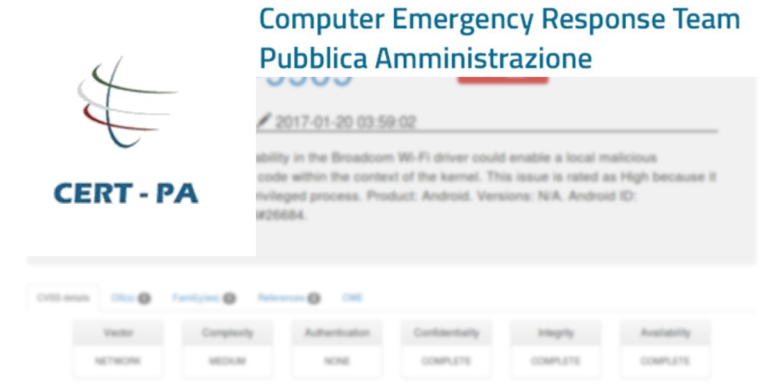Seemingly Normal Lightning Cable Will Leak Everything You Type
An anonymous reader quotes a report from Motherboard: It looks like a Lightning cable, it works like a Lightning cable, and I can use it to connect my keyboard to my Mac. But it is actually a malicious cable that can record everything I type, including passwords, and wirelessly send that data to a hacker who could be more than a mile away. This is the new version of a series of penetration testing tools made by the security researcher known as MG. MG previously demoed an earlier version of the cables for Motherboard at the DEF CON hacking conference in 2019. Shortly after that, MG said he had successfully moved the cables into mass production, and cybersecurity vendor Hak5 started selling the cables. But the more recent cables come in new physical variations, including Lightning to USB-C, and include more capabilities for hackers to play with.
“There were people who said that Type C cables were safe from this type of implant because there isn’t enough space. So, clearly, I had to prove that wrong. :),” MG told Motherboard in an online chat. The OMG Cables, as they’re called, work by creating a Wi-Fi hotspot itself that a hacker can connect to from their own device. From here, an interface in an ordinary web browser lets the hacker start recording keystrokes. The malicious implant itself takes up around half the length of the plastic shell, MG said. MG said that the new cables now have geofencing features, where a user can trigger or block the device’s payloads based on the physical location of the cable. “It pairs well with the self-destruct feature if an OMG Cable leaves the scope of your engagement and you do not want your payloads leaking or being accidentally run against random computers,” he said. “We tested this out in downtown Oakland and were able to trigger payloads at over 1 mile,” he added. He said that the Type C cables allow the same sort of attacks to be carried out against smartphones and tablets. Various other improvements include being able to change keyboard mappings, the ability to forge the identity of specific USB devices, such as pretending to be a device that leverages a particular vulnerability on a system.







